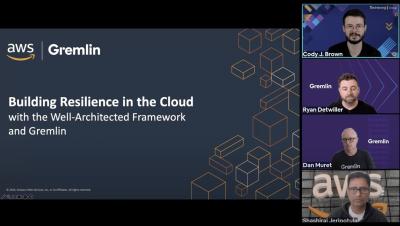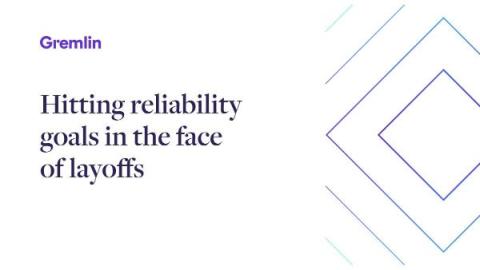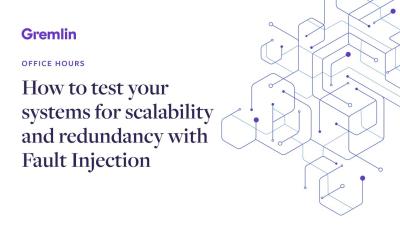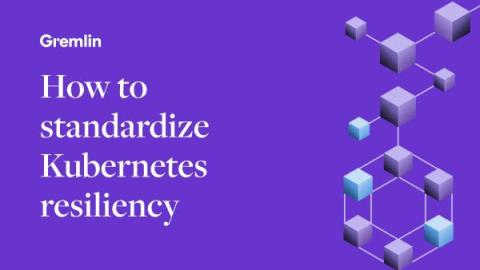Confident Cloud Migrations How a Top 5 Bank Ensured Reliability With AWS and Gremlin
In today's competitive landscape, migrating to the cloud brings substantial benefits, but the cloud’s new architectures and tools also bring new reliability risks and considerations. The challenge: Enterprises have to figure out how to capitalize on the benefits of the cloud while ensuring a seamless, reliable transition. This webinar offers a look at how to provide application reliability before, during, and after migrations with AWS and Gremlin.











